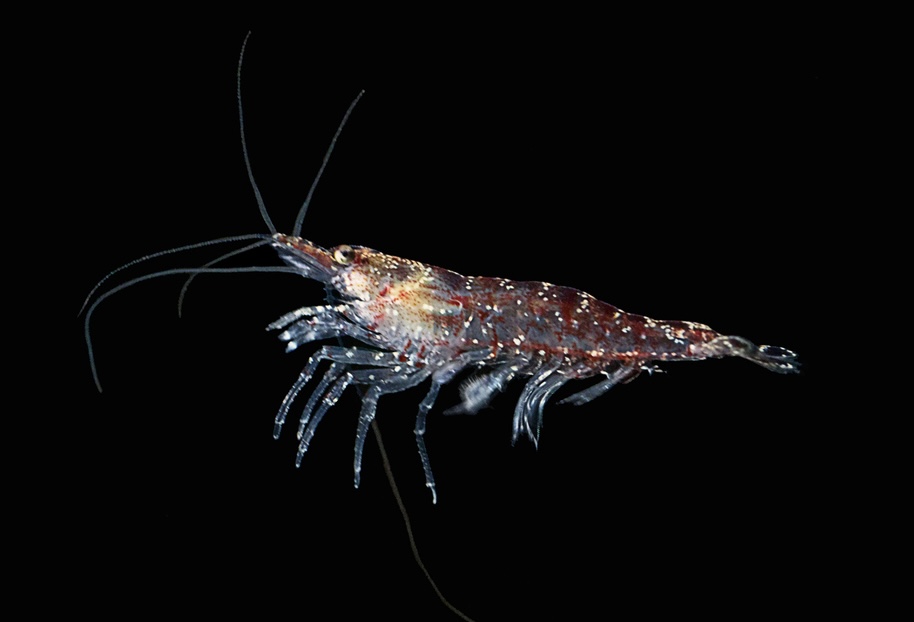
Celebrating Antarctic Krill on World Krill Day, 11th August
That’s a big reputation for a small shrimp-like crustacean to live up to. But they are indeed giants in their ecological significance.
Serving as the primary food source for innumerable marine species, including whales, seals, penguins – especially Adelie and Chinstrap penguins – and fish, they are key in the Antarctic food chain.
List to my audio introduction above
In fact, the Antarctic blue whale really depends on these little creatures. Funny to think that the biggest animal that has ever lived has got to that size by mainly eating krill. Now to put that in perspective, they can eat up to 3.6 million krill – in one day! That’s a lot. Thank goodness they only do that for 6 months of the year before heading north to breed, when they don’t feed.
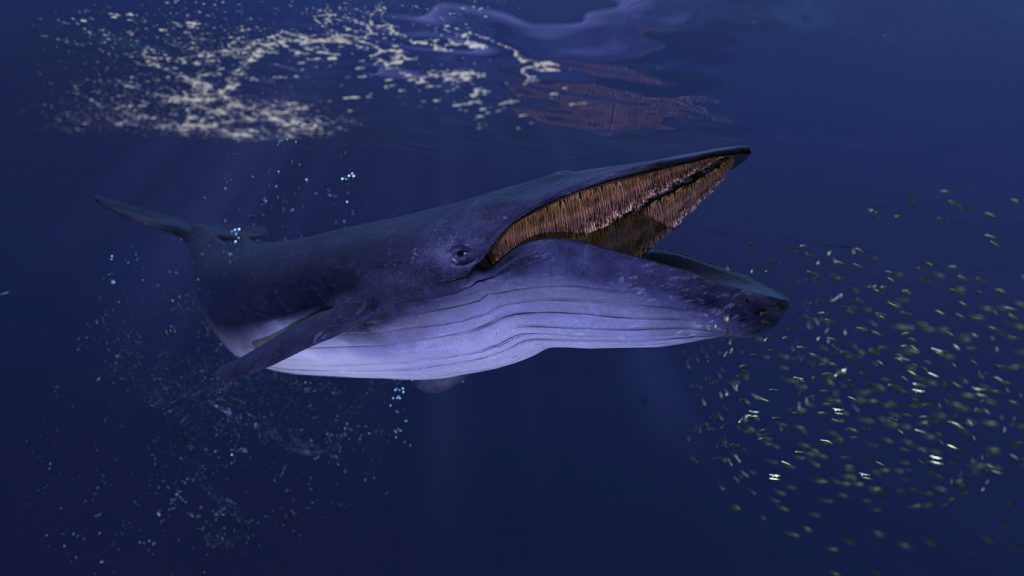
On a more serious point, with the population of humpbacks and minkes recovering after the whaling times in the first half of the 1900’s, and noting that combined they can eat more than a couple of million tons of krill a year, our ocean needs more, not less krill.
Without krill, the balance of marine life in Antarctica would be severely disrupted, leading to cascading effects that could significantly impact global biodiversity. And, if you want to look at this from a purely selfish human perspective, this loss of biodiversity would have a critical impact on our health and livelihoods too. What does that mean exactly? We are talking about further challenges around access to fresh water, climate stability, changes to our soil affecting food production, ability to absorb pollution and recover from natural disasters – just for a few examples. If you want to know more, there is a good article on the WWF website at this LINK.
Nutrient Cycling
But their important role is much broader than just feeding giant whales. They are part of nutrient cycling in the ocean. Let’s talk about their relationship with phytoplankton. They feed on phytoplankton and convert this energy into a form that is accessible to larger predators. Through their waste products, krill also help fertilise the ocean, promoting the growth of phytoplankton, which in turn supports the entire marine food web. Lets examine that a little closer.
Carbon Sequestration
Krill play a crucial role in the biological carbon pump. They feed on carbon-rich phytoplankton at the ocean surface and excrete waste at deeper levels, effectively transferring carbon from the surface to the deep ocean. This process helps mitigate climate change by reducing the amount of carbon dioxide in the atmosphere.
I recommend you watch this TED Talk by Ralph Chami, Value of a Whale where he eloquently explains krill’s role in the whales food chain whilst discussing a different way to look at the value of our oceans.
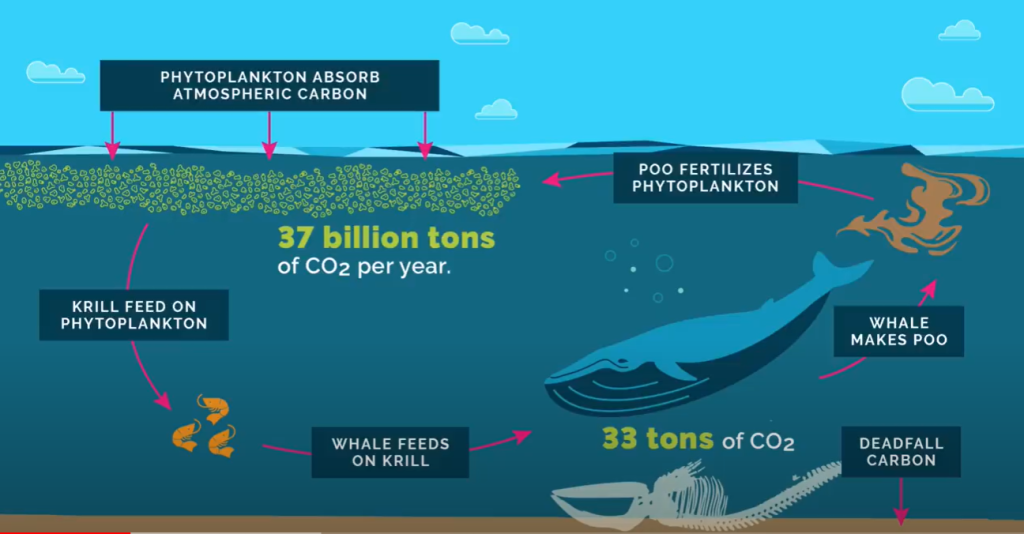
The carbon sequestration aspect in the graphic above is key, as is Ralph’s analysis of the value of the living whale’s carbon service. It’s this somewhat unique way of looking at the value of a living whale which has led to organisations, such as NLA International’s, interest and activity in ‘blue natural capital’.
Blue Natural Capital (BNC) is the natural capital found in coastal and marine environments – in ecosystems such as coral reefs, mangroves and seagrass beds. Unfortunately, this capital is undervalued in many places around the globe and continues to be lost and degraded at an alarming rate.
Studies show that the Southern Ocean, the waters that encircle Antarctica, absorb more carbon from our atmosphere than they release. Critical for mitigating climate change. But it’s a complicated subject, and very difficult to collect data in the winter in this remote and harsh region, as you can imagine.
As we stand right now as a planet, struggling to reduce our output of carbon dioxide, this alone should be the very reason to do ALL we can to protect and increase the numbers of our krill.
But of course, this is just one of many, many reasons.
Support SueQsWorld Writing: It’s always optional but your Donation to SueQsWorld writing is more than just financial support; it’s an investment in creativity, diversity and the transformative power of words. Join me in my mission to enrich lives and inspire change. Every contribution, no matter the size, makes a difference. Click on the cute donate button here, or top right hand side of the page for more information.
Why Do We Have World Krill Day on 11th August?
Well, I would have to say, Antarctic Krill isn’t the prettiest of the species in our Southern Ocean! We must raise awareness for just how significant they are. They aren’t very good at writing their own PR, so people like me and many others feel obliged to do it for them. I am passionate about penguins, and the penguins are passionate about their krill, so that sits well with me.
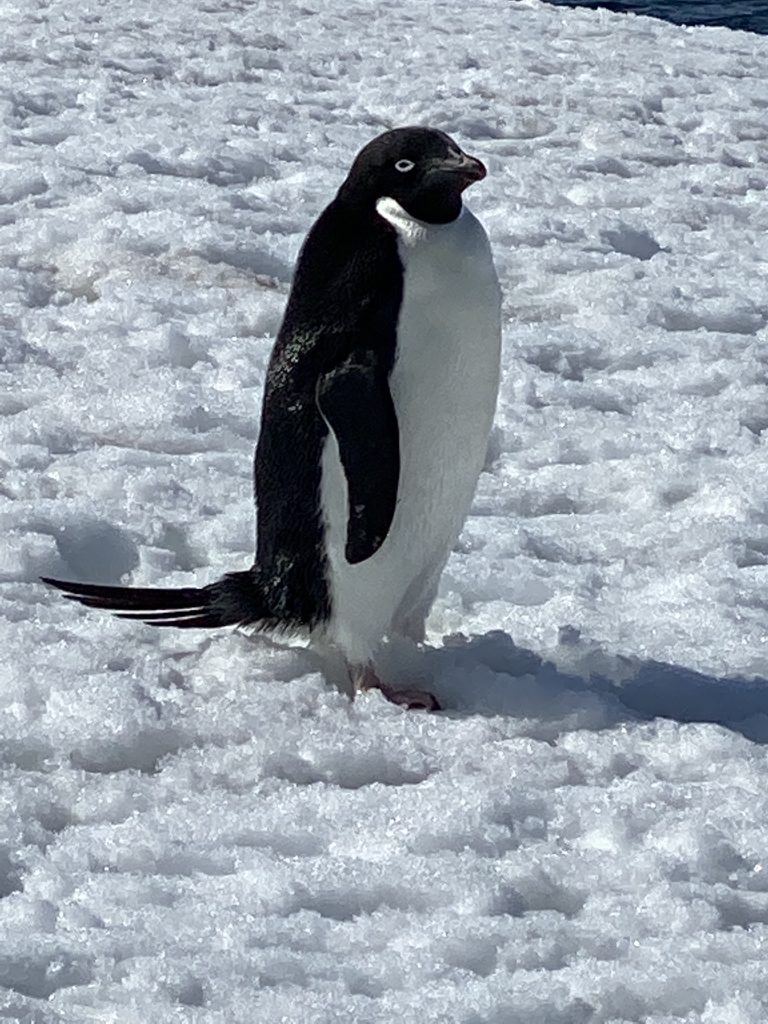
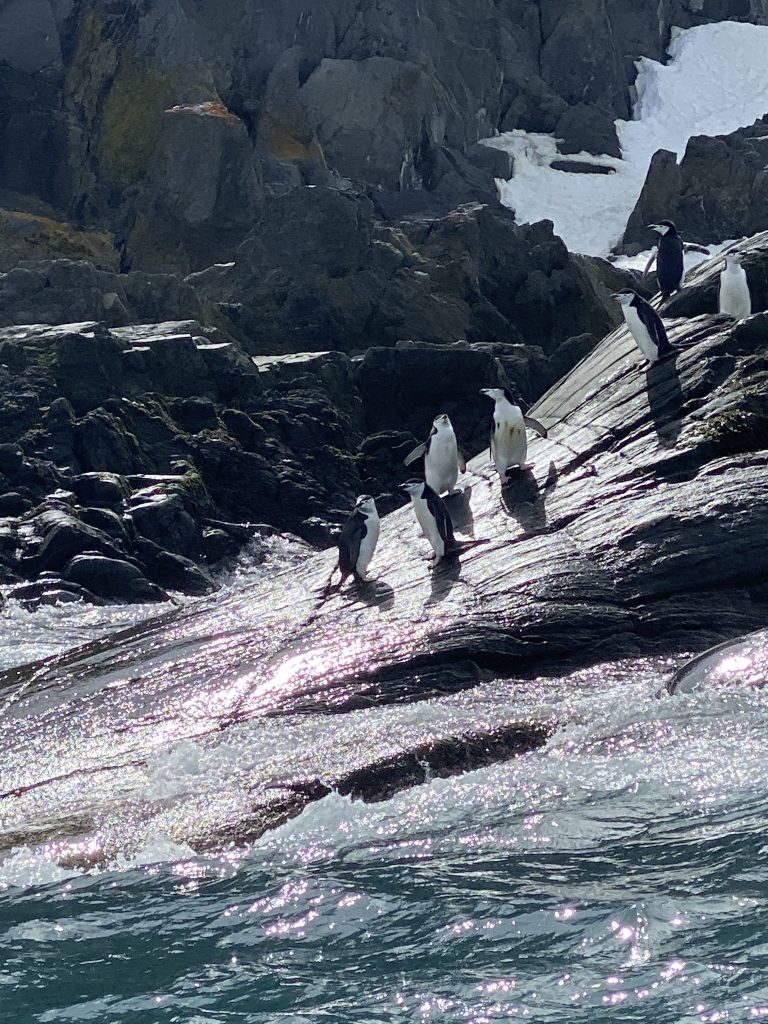
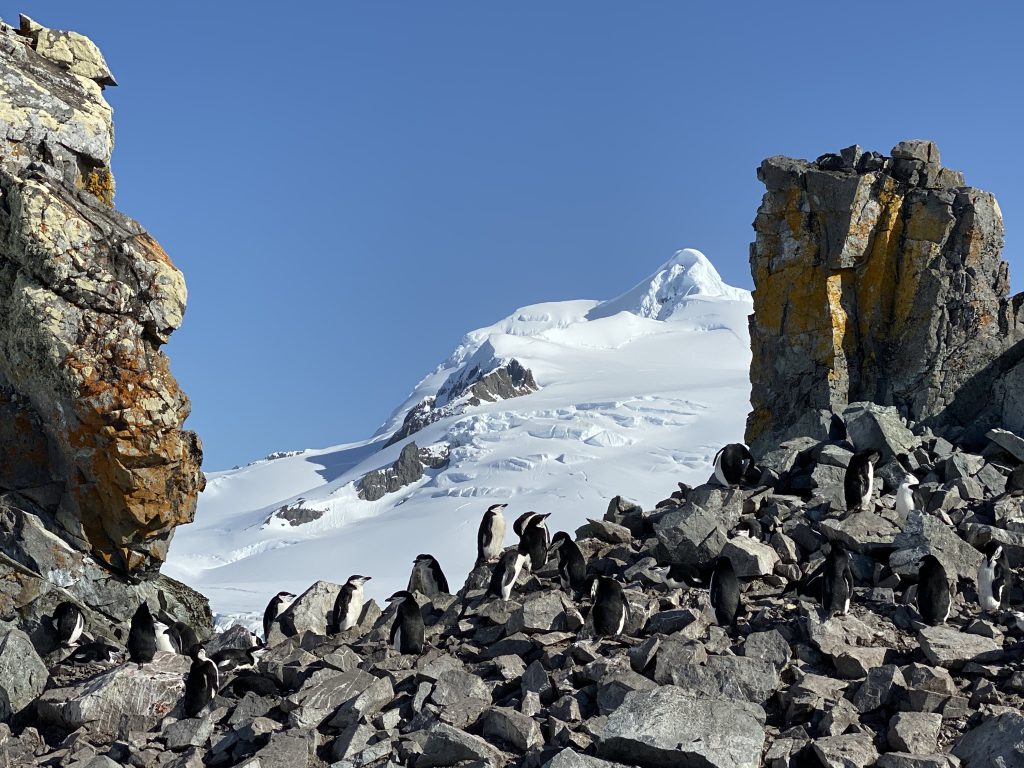
Protecting Antarctic Krill
What CAN we do to safeguard our Antarctic krill and its future for the myriad of species that depend on them, including us? Here are some of the conservation measures that need to be implemented.
Marine Protected Areas (MPAs): What is an MPA? It’s a designated area of the ocean where human activities, especially fishing, are not allowed or are restricted. These are safe havens for krill, often sanctuaries for juveniles, which is crucial to their population. There are some MPA’s in place around Antarctica which is good news, but economic and political pressures are affecting their reach. We need more of them to be put in place but it’s a tough job to implement and get agreement from all countries. You can read about the status of the Antarctica MPA’s HERE
Sustainable Fishing Practices: Kinda goes alongside the MPA’s. Krill catches have been increasing in the last two decades. Some of that growth has been driven because of the rise of fish farming, where krill is being used as the food for farmed fish – aquaculture. Ironically, the depletion of wild fish stocks is now contributing to potential over exploitation. Small amounts of it are turned into food for humans – krill oil – and some medical applications. Today, there seems no excuse to buy your omega-3 supplement if it contains krill oil, there are plenty of other plant-based options that in my opinion can do just as good a job. Whatever it is being fished for, we need to scientifically monitor and manage fisheries to avoid this over exploitation.
Pollution and Climate: Sometimes it’s the less obvious things that cause the most problems. Of course, fishing in this area can introduce pollution such as plastic ropes, food wrappers and microplastics from grey water emptied into the ocean. Lost and abandoned fishing gear is another issue, including hooks and fish traps. This type of gear takes years to break down, but when it does, these harmful microplastics are ingested by krill and then fish, marine mammals and us!
We don’t know the full extent of change that our warming oceans will bring and how that might affect krill. What we do know, in order to protect the krill’s habitat we have to stabilise and eventually reverse the global warming trend.
Organisations such as the Antarctic and Southern Ocean Coalition an environmental NGO, participate globally at the highest level where decisions are made about the future of Antarctica. This respected and collective force has been a leading voice concerning the effects of human activity in this region, advocating science-based policies to be instigated to protect Antarctica. Look at their website and the campaigns they have launched that look to many of the above points. Let’s help them add weight to the conversation.
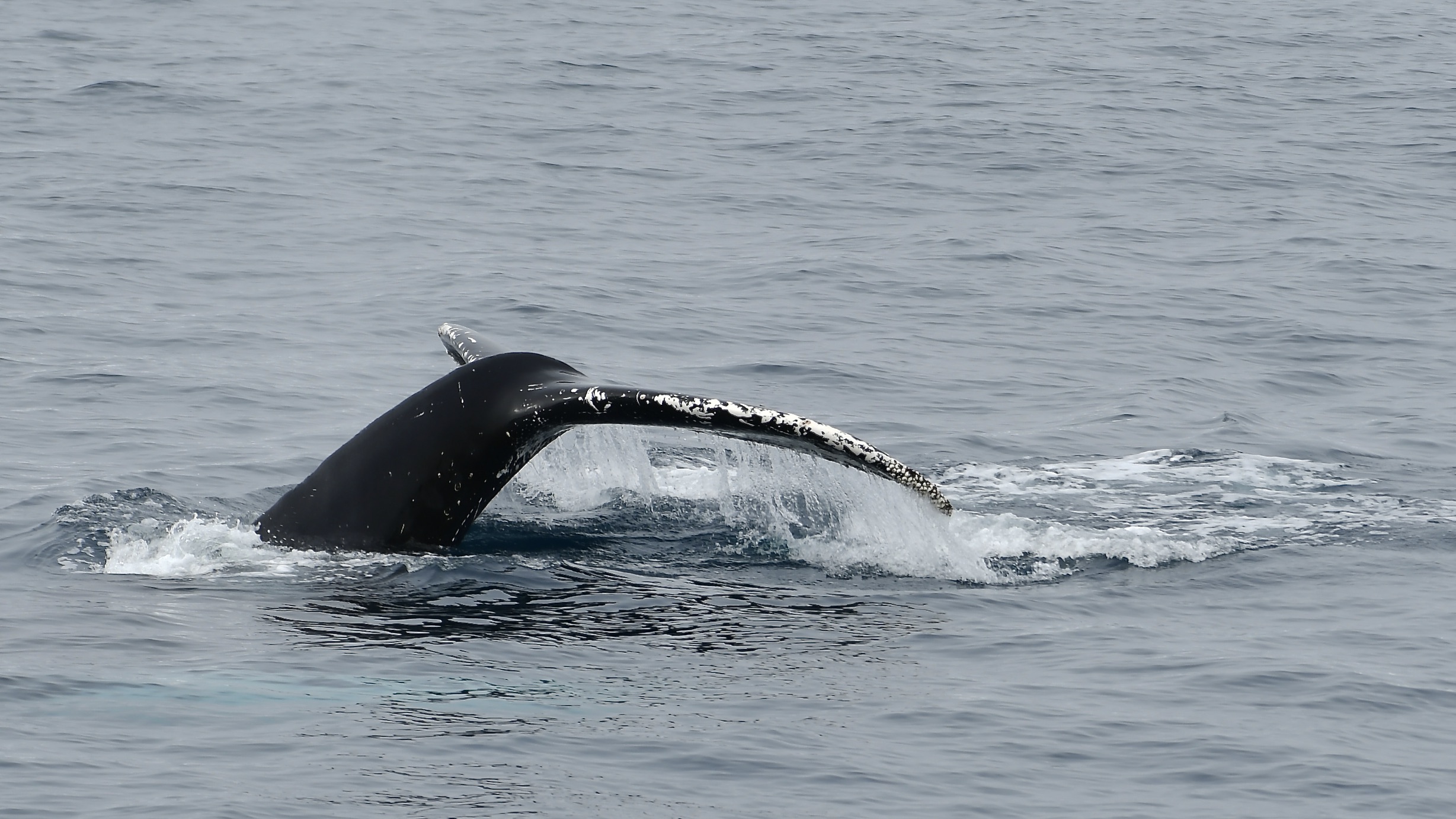
Our planet is unique in its vibrant ecosystems with Antarctic krill a linchpin in the web of life that sustains it. By protecting our krill, we will be contributing significantly to the overall health of the planet we call Earth.

